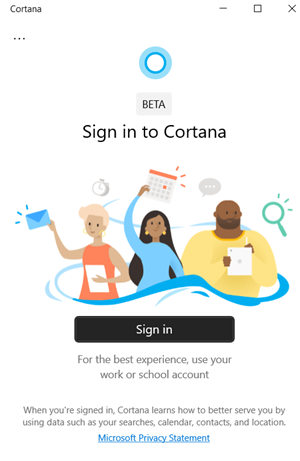

To be fair, we’ve been critical of Windows 11 and how it eliminates certain features, such as paring down the capabilities of the Taskbar and Start menu. What it boils down to, though, is this: Change is coming.įor now, however, I’m sticking with Mail, dipping my toe into Outlook when necessary. It’s not clear whether the Microsoft 365 version of Outlook will be replaced by this or not, however. Essentially, the goal of Monarch, according to ZDNet, is to add to (or replace?) Mail with a new consolidated Outlook experience-one client to rule them all. ZDNet has gone a bit further, noting that we may see Monarch debut sometime in March, with a more formal rollout by the end of the year. In January, Windows Central reported on Project Monarch, Microsoft’s effort to eliminate the confusion between Outlook, Mail, and Outlook for the Web. Ironically, it may not matter which email client you choose, because on Windows, both may be changing. Mark Hachman / IDG In the future, Mail and Outlook may collide Missing a feature? Mail’s Settings menu will probably have it. That’s just one way that Outlook is “sticky,” encouraging you towards Outlook and its Microsoft 365 subscription. While arranging email and creating folders will carry over between Outlook and Mail, you can’t see an email that you’ve color-coded in Outlook with the same color-coding in Mail. Still, be aware that some features are the equivalent of a one-way street. They’ll talk to one another, so that email sent in one client will be “sent” in the other, as well.



Otherwise, though, you can use Outlook and Mail on the same PC. That will open up a menu through which you can find common features like setting an out-of-office notification or changing your email signature. Generally, if Mail doesn’t offer what you want on the right-hand rail or the body of the email, you can find it by clicking the small Settings “gear” at the bottom of the page. If not, you’ll find Mail offers most of what you ask an email client to do. Outlook does offer many more organizational features than Mail, as well as more opportunities for collaboration. Here, Outlook throws tabs, icons and more at you: There’s no way you can convince me that this Outlook interface (from an edited version of my inbox) is superior to the way Mail presents the same information. Where Mail shines, however, is the absolute elimination of visual clutter. At least Accounts offers you a good starting point.) Mail simply feels better organized. (To be fair, this could be made more intuitive by adding an “Add Account” button here as well. In Mail, the accounts Mail manages are prominently displayed on the left-hand nav bar, and adding an additional email account is as easy as simply right-clicking the Accounts button. The capability is there, but it’s certainly not intuitive. To do so, you need to click the File button, which opens the Account Information page, and from there the Add Account button. In Outlook, there’s really no obvious way to add an additional email account from your Outlook inbox. The first, how Mail handles multiple accounts, intersects neatly with Mail’s strongest advantage-the simplified UI. On the other hand, Mail offers a few advantages that Outlook doesn’t offer.


 0 kommentar(er)
0 kommentar(er)
